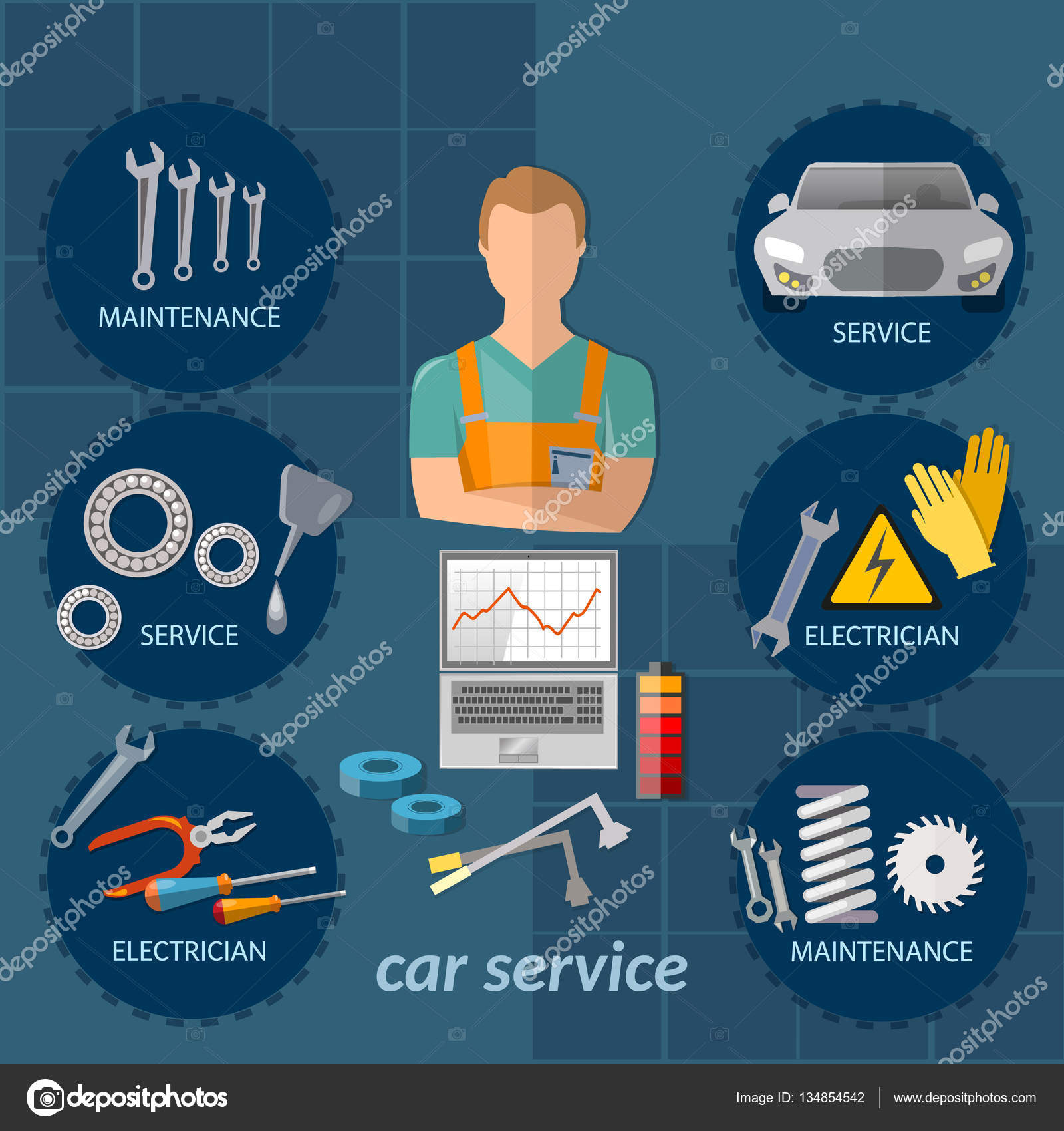Looking For Clarity On The Caution Lights Presented On Your Auto'S Control Panel? Find Out Exactly How They Associate With Your Automobile'S Health And Wellness
Looking For Clarity On The Caution Lights Presented On Your Auto'S Control Panel? Find Out Exactly How They Associate With Your Automobile'S Health And Wellness
Blog Article
just click the following webpage Develop By-Sykes Gilbert
When you lag the wheel, those beautiful warning lights on your control panel can be a little bit difficult. Do you recognize what they're attempting to inform you concerning your automobile's health? Understanding the significance of these lights is important for your security and the long life of your vehicle. So, the following time one of those lights turns up, wouldn't you intend to analyze its message properly and take the essential steps to address it?
Common Warning Lights and Interpretations
Identify typical caution lights in your vehicle and recognize their meanings to make certain secure driving.
One of the most common caution lights consist of the check engine light, which signifies issues with the engine or exhausts system. If this light comes on, it's critical to have your lorry checked without delay.
The oil stress alerting light indicates reduced oil pressure, needing prompt focus to avoid engine damage.
car detailing expert blinking battery light could recommend a faulty billing system, possibly leaving you stranded if not dealt with.
The tire stress tracking system (TPMS) light informs you to reduced tire pressure, impacting lorry security and gas performance. Neglecting this could bring about dangerous driving conditions.
The abdominal light indicates a trouble with the anti-lock stopping system, compromising your ability to stop swiftly in emergencies.
Finally, the coolant temperature warning light warns of engine overheating, which can cause severe damage if not dealt with promptly.
Understanding these typical caution lights will certainly help you deal with issues quickly and preserve secure driving problems.
Significance of Prompt Attention
Understanding the typical warning lights in your car is only the primary step; the importance of without delay resolving these cautions can not be highlighted sufficient to ensure your safety on the road.
When a warning light brightens on your control panel, it's your cars and truck's way of connecting a potential problem that requires interest. Ignoring these cautions can cause extra extreme issues down the road, endangering your safety and security and possibly costing you much more in repairs.
Prompt interest to warning lights can stop malfunctions and accidents. For example, a blinking check engine light might suggest a misfire that, if left neglected, might trigger damage to the catalytic converter. Addressing this quickly can conserve you from an expensive repair.
Likewise, a brake system alerting light might signal low brake liquid or used brake pads, important parts for your safety when driving.
DIY Troubleshooting Tips
If you notice a caution light on your dashboard, there are a couple of DIY repairing tips you can try prior to seeking specialist aid.
The first step is to consult your cars and truck's handbook to comprehend what the details caution light suggests. Sometimes the issue can be as straightforward as a loosened gas cap triggering the check engine light. Tightening the gas cap may deal with the trouble.
An additional common problem is a low battery, which can set off different alerting lights. Inspecting the battery links for deterioration and ensuring they're safe and secure might fix the issue.
If a caution light lingers, you can attempt resetting it by separating the car's battery for a few minutes and afterwards reconnecting it. In addition, inspecting your vehicle's liquid levels, such as oil, coolant, and brake liquid, can assist repair alerting lights related to these systems.
Final thought
To conclude, understanding your automobile's warning lights is necessary for keeping your vehicle running efficiently and securely. By immediately addressing these signals and knowing what they indicate, you can prevent costly repairs and potential failures.
Bear in mind to consult your vehicle's guidebook for certain information on each alerting light and do something about it as necessary to make certain a trouble-free driving experience.
Remain informed, remain safe when traveling!
